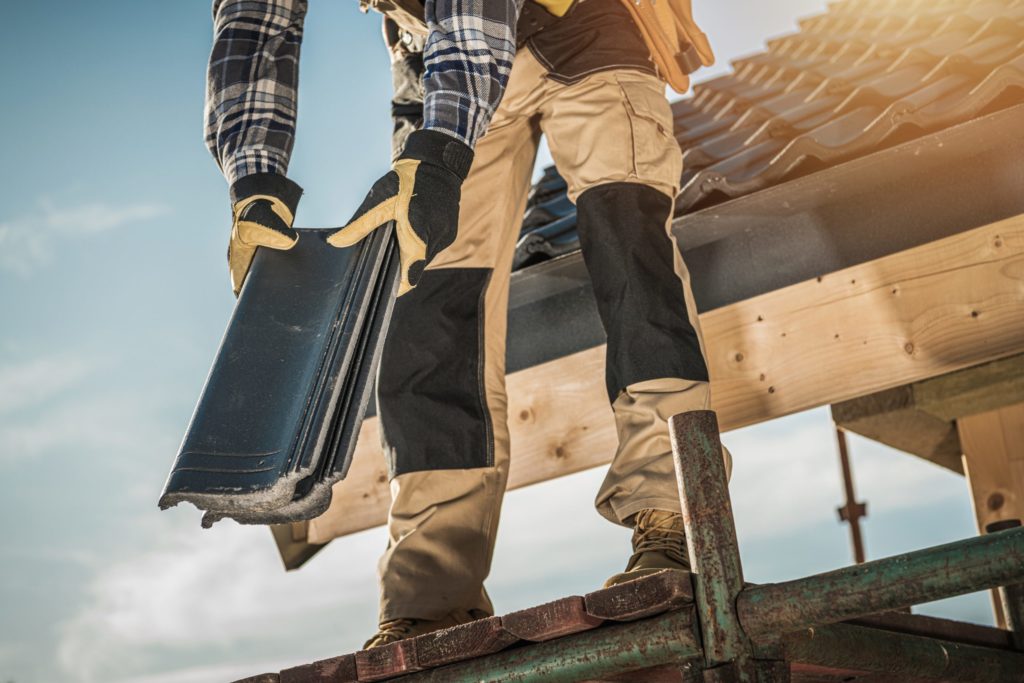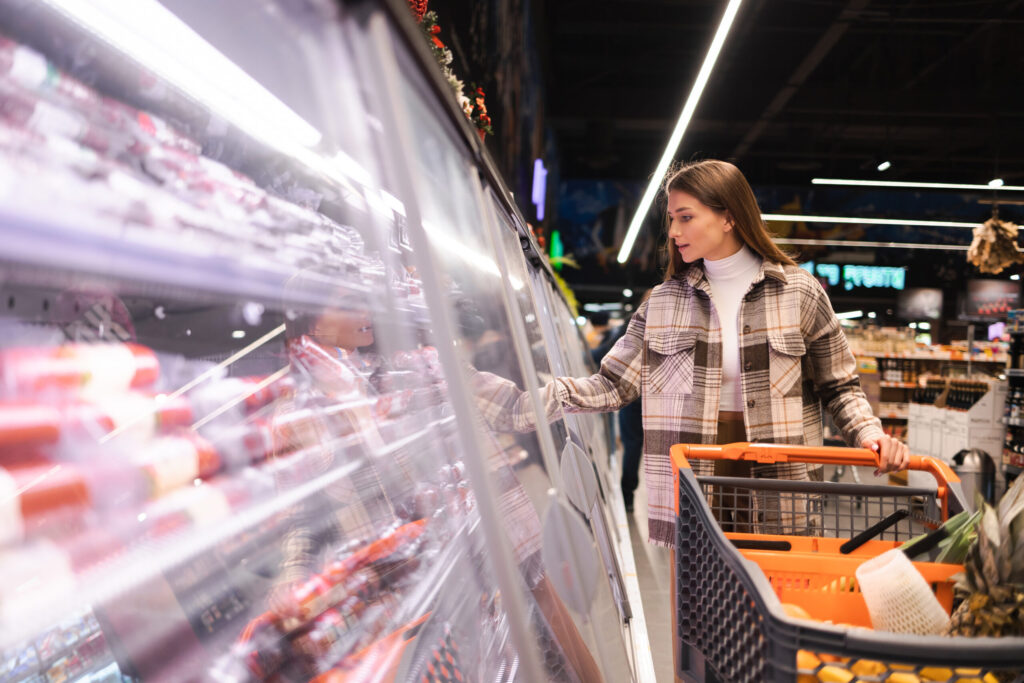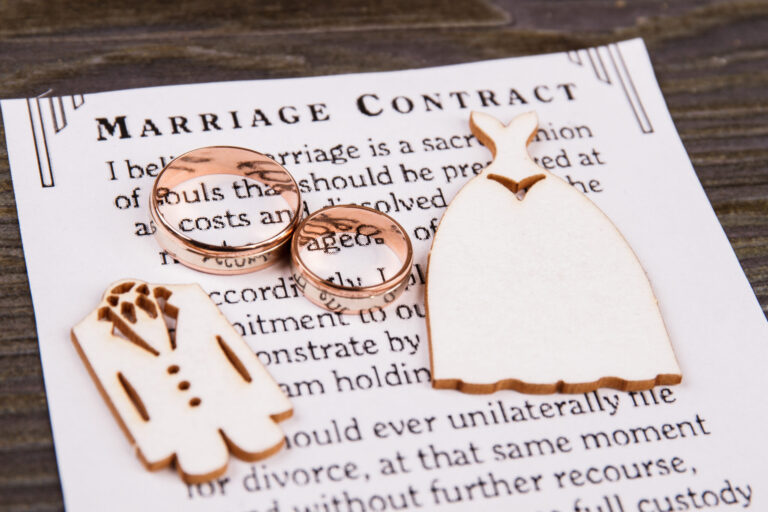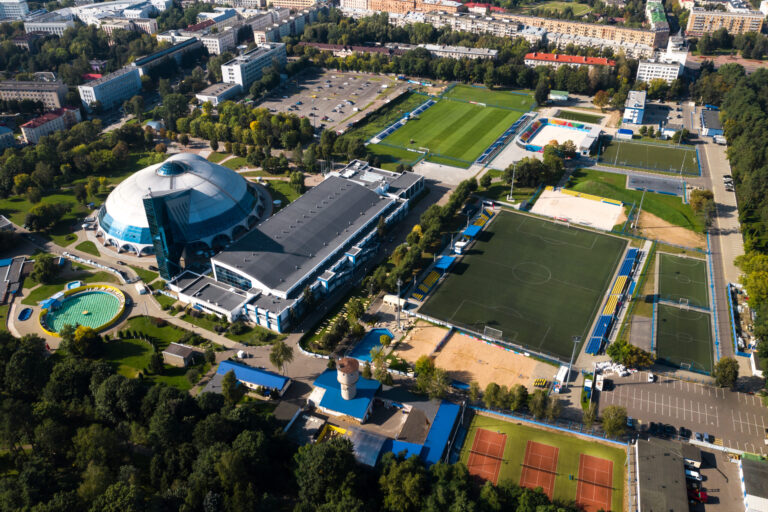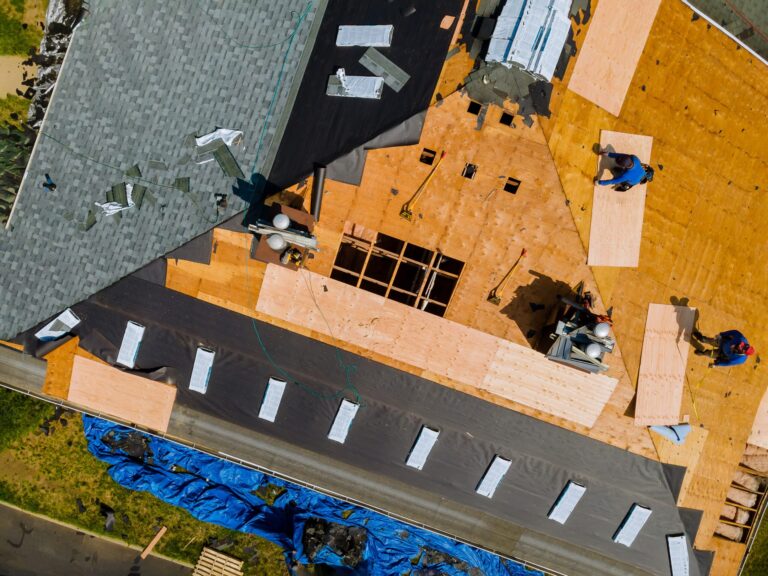There are many different types of roofing for factories, and each has its advantages and disadvantages. Keep reading to learn about the different types of roofing for factories and which one may be right for your business.
Industrial Roofing

Industrial roofing is a type of roofing that is used in industrial buildings. Typically made out of metal or concrete, industrial roofing is designed to withstand the heavy loads that are often placed on them. The most common type of industrial roof is the flat roof. Flat roofs are easy to construct, and they are relatively inexpensive. They also have a low profile, which makes them ideal for buildings with limited space. Another common type of industrial roof is the pitched roof. Pitched roofs have a sloped surface that allows snow and rain to run off quickly. They also provide more ventilation than flat roofs, which can be crucial in hot climates. However, pitched roofs are more expensive to construct than flat roofs, and they require more maintenance.
Rubber Roofing
Rubber roofing is a type of roofing material that is made from rubber. This type of roofing is often used in factories as it is durable and can withstand the elements. Rubber roofing can also be installed on other buildings, such as homes and businesses. There are a few different types of rubber roofing available, including single-ply membrane roofs and built-up roofs. Single-ply membrane roofs are made up of one layer of rubber that is usually between 10 and 20 mils thick. Built-up roofs are made up of multiple layers of rubber, which makes them more durable than single-ply membranes.
PVC and Metal Roofing

PVC roofs are made from Polyvinyl Chloride, a type of plastic. They are usually white or light-colored, which can help reflect heat away from the building. This makes them a good choice for buildings in hot climates. PVC roofs are also water-resistant and can last for many years.
Metal roofs are made from sheets of metal that have been coated with a special paint or sealant to protect them from the weather. Metal roofs are solid and can withstand high winds and heavy rains. They also have a long lifespan and can often be reused after a factory is closed down or moved to a new location.
Polycarbonate Roofing
Polycarbonate roofing is made from a type of plastic called polycarbonate. It is often used in factories because it is strong and can withstand any wear and tear. It is also weather-resistant, so it can be used in places that experience a lot of rain or snow. Polycarbonate roofing comes in different colors, so you can choose one that will match the color scheme of your factory. It is also easy to clean, which means you won’t have to spend a lot of time maintaining it.
Green Roofing
Green roofing is installing a garden or other type of vegetation on top of a building’s roof. Green roofing provides insulation and cooling to the building and environmental benefits. Green roofs are typically installed on commercial or industrial buildings but can also be used on homes.
The most common type of green roof is the vegetated roof. A vegetated roof is made up of a layer of soil and plants. The plants can be either annuals or perennials and can include vegetables, flowers, or grasses. Vegetated roofs are popular because they are relatively easy to install and maintain, and they provide many environmental benefits.
Another common type of green roof is the rooftop garden. A rooftop garden is similar to a vegetated roof, but it includes a greater variety of plants and trees. Rooftop gardens are more expensive to install than vegetated roofs, but they offer many more benefits. They can be used to grow food, reduce energy usage, create habitats for animals, and improve air quality.

